Action Games
These are action-based games, games that involve players performing certain actions or getting up and moving around. You'll need a lot of room to play some of them. These are good games for an outdoor party or to get your party guests out of their chairs or off the couch. Getting people to move around keeps up the energy at a party. They could be good games for children's parties. I recommend doing the more active games before serving a meal or the birthday cake at a birthday party because people are less likely to want to move around then.
Drop the Handkerchief
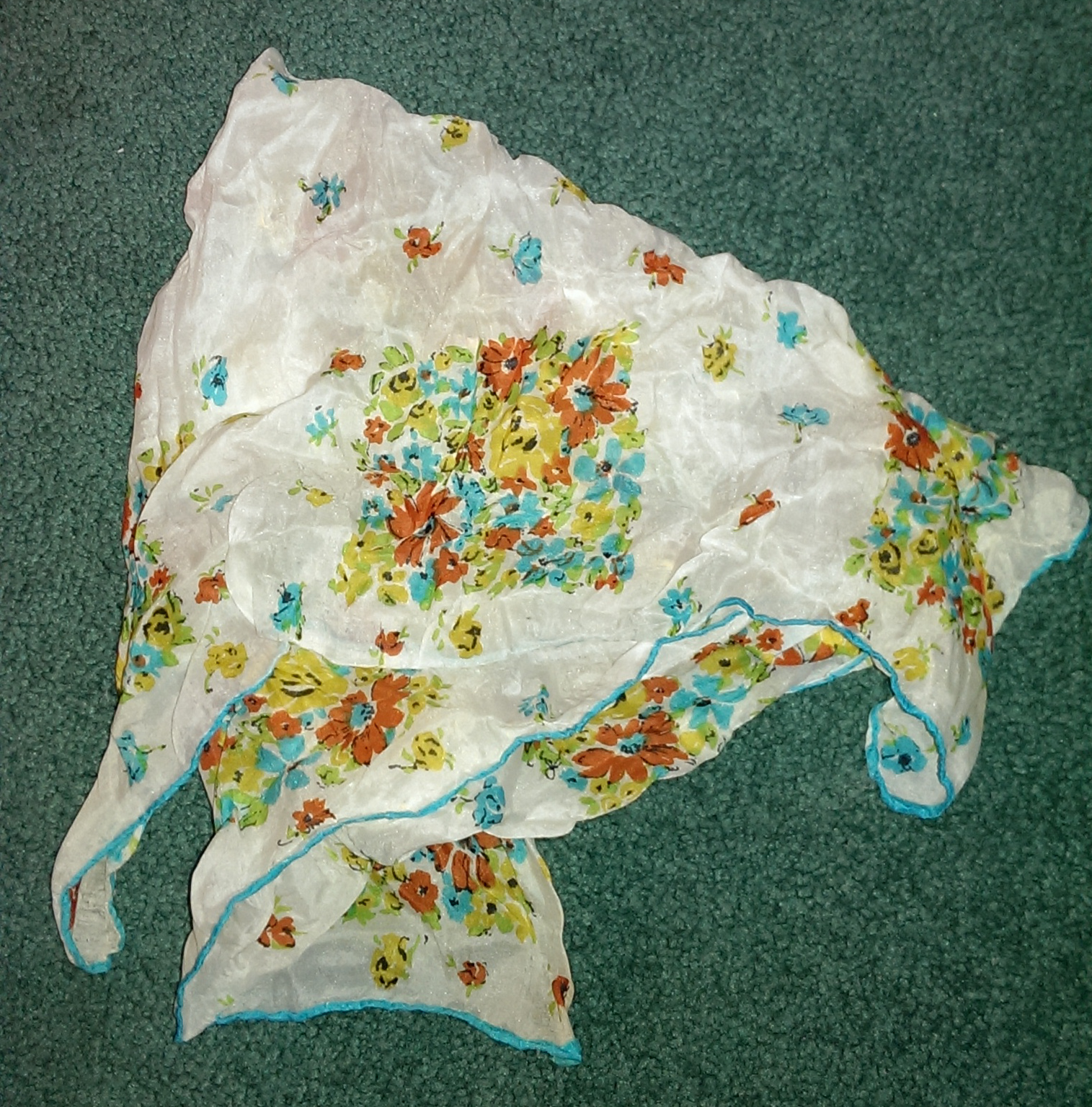
This game is a lot like Duck, Duck, Goose. Before it was adapted to be a parlor game, it was played at fairs in England as a kissing game (Beaver 15). This version is fine for children.
All of the players, except one, stand in a circle, holding hands. The player left out of the circle walks around the outside of the circle, holding a handkerchief. This player drops the handkerchief behind one of the other players (it can be anyone) and starts running. The person with the handkerchief behind them has to pick it up and run after the one who dropped it. When the chaser catches the one who dropped the handkerchief, the one who dropped the handkerchief joins the circle in the chaser's place. The chaser then starts walking around the outside of the circle with the handkerchief, looking for someone else to drop it behind, and the game continues (Greenaway 37).
Who's the Leader?
One person leaves the room while the other players stand in a circle. While that person is gone, the others chose someone to be their leader. The leader leads the others in performing various actions, like clapping, waving, or jumping up and down. The leader doesn't actually tell the others what to do out loud. Everyone just has to watch him and imitate what he does. The players in the circle start their first action (determined by the leader), and then they call the remaining player back into the room. This player has to watch the people in the circle carefully and try to determine who the leader is. Every so often, the leader switches activities, and the others in the circle stop what they were doing before to follow him. The others should try not to stare at the leader because that would give him away. Even so, the new actions will catch on quickly as the players pick them up from the leader and each other (Beaver 44). Once the guesser figures out who the leader is, the leader becomes the new guesser, and the game continues. There are no winners, losers, or forfeits. You can add music if you want to make the game more interesting (Beaver 44-45).
Tips: The person trying to guess the leader may figure out who it is by catching that person in changing actions or if too many people are looking at him at once. It can also be by process of elimination if the guesser catches the others lagging when they change actions.
Opposites
Start by arranging chairs in a semi-circle. There should be a chair for each player except one. While the others stand in front of their chairs, one player goes from one person to the next, either doing something or giving the other person orders. Whatever the lone player says or does, the others must do exactly the opposite. If the lone player hops on his right foot, the other player must hop on his left foot. If the lone player says to smile, the other player must frown. Anyone who fails to do the opposite of what the lone player says or does is out of the game and sits down. The winner is the last player left standing (Beaver 44).
Oranges and Lemons
This is a variant of the game London Bridge. Two players are chosen to be an Englishman and a Frenchman. These two players decide which nationality each of them is supposed to be between themselves, and they don't tell the other players until later. They stand facing each other and holding hands, forming an arch with their arms for the other players to walk under (basic London Bridge stance). The other players walk under the arch one at a time while the Englishman and the Frenchman sing the rhyme:
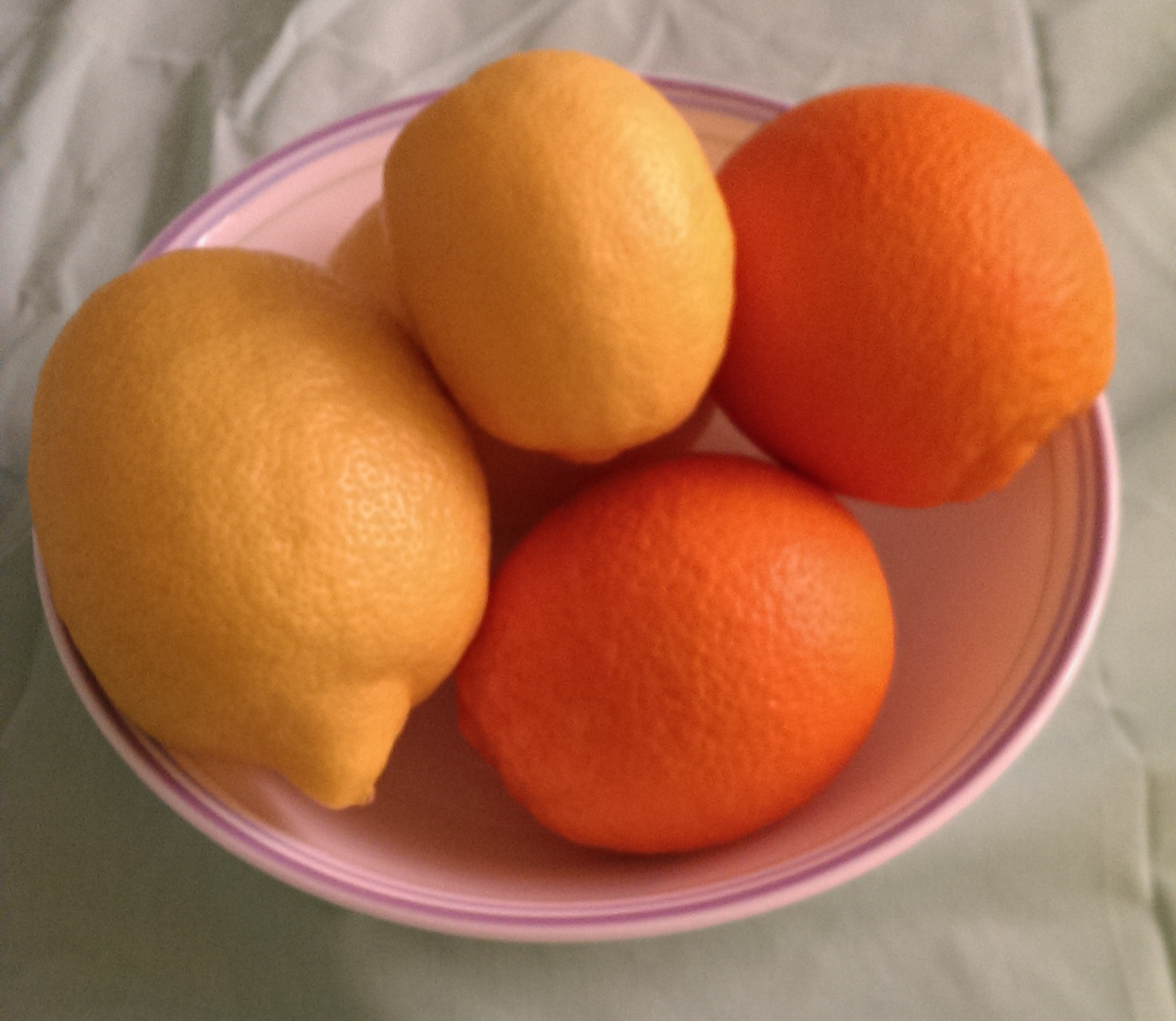
"Oranges and lemons,
Sang the bells of St. Clements.
You owe me five farthings,
Sang the bells of St. Martin's.
When will you pay me?
Sang the bells of Old Bailey.
When I grow rich,
Sang the bells of Shoreditch.
When will that be?
Sang the bells of Stepney.
That I don't know,
Sang the great bell of Bow.
Gay go up and gay go down,
To ring the bells of London Town."
Toward the end of the rhyme, they speed up their chanting and say:
"Here comes a candle to light you to bed,
And here comes a chopper to chop off your head."
Then, they quickly lower their arms to catch the player who happens to be under the arch at the time. They ask the person they catch to choose a nationality: English or French. The prisoner whispers the answer to them, and they tell him which of them to stand behind. Finally, when all of the players have chosen a side to stand behind, the two sides play tug-of-war and try to pull their opponents over a line drawn between them. They do not need a rope to play tug-of-war. The two leaders of each side hold hands in the center, and their allies all hang onto one another's waist in a chain behind them as they try to pull the opposite side over the line (Beaver 47-48).
Queen Anne and Her Maids
This is a variation on the Medieval Lady Anne. Most of the players stand in a line, as close to each other as possible with their hands behind their backs, while another player stands facing them. The lone player, who is "Queen Anne," covers her eyes, and one of the others hides a ball behind his back. Once the ball is hidden, the others tell "Queen Anne" to open her eyes. Each of them pretends to be holding the ball so that "Queen Anne" can't be sure where it is, and they say the following rhyme:
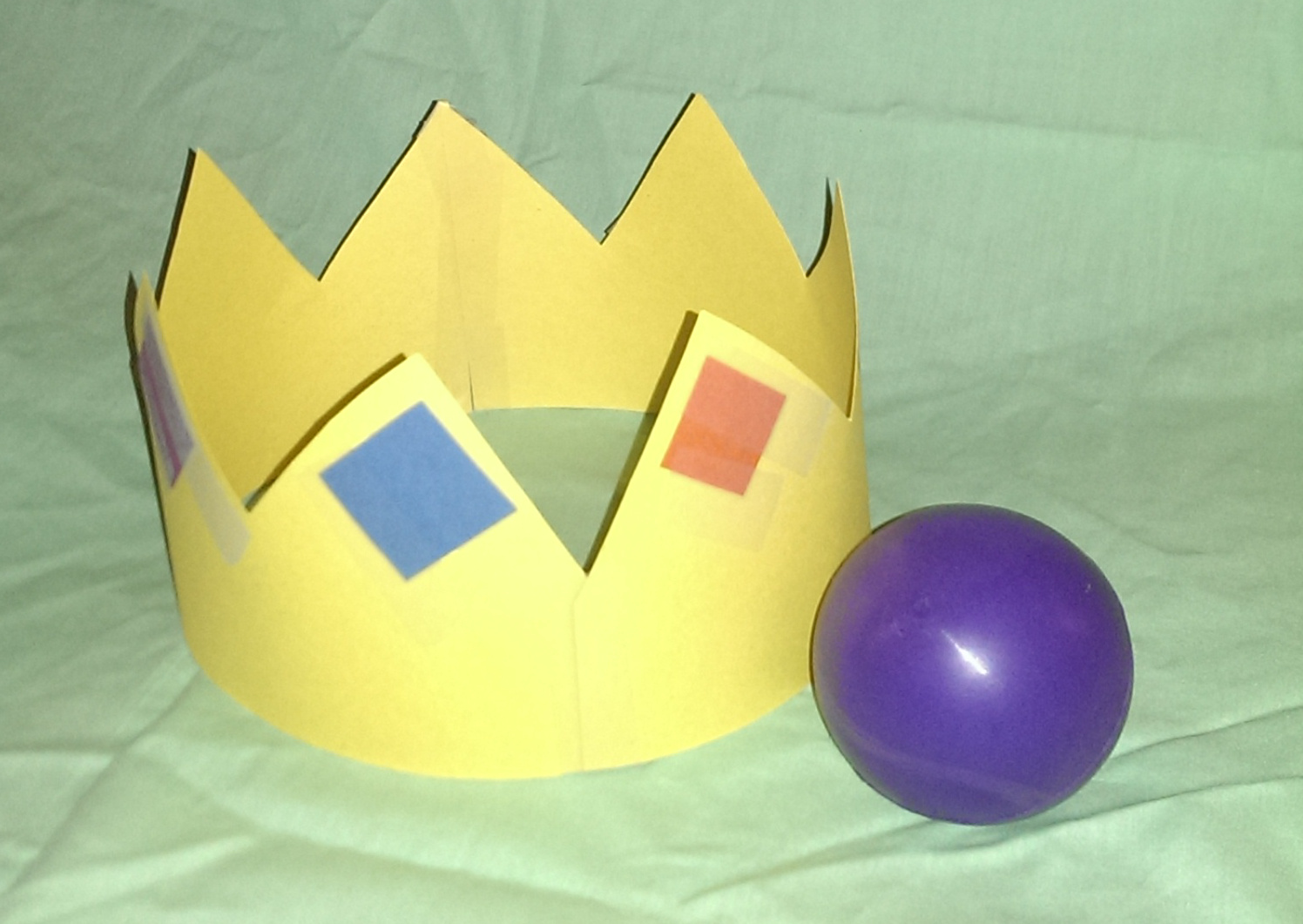
"Queen Anne, Queen Anne, she sits in the sun;
As fair as a lily, as brown as a bun;
She sends you three letters, and begs you'll read one!"
"Queen Anne" then tries to guess who has the ball by saying:
"I cannot read one unless I read all,
So please (name of player) deliver the ball."
If Queen Anne can correctly guess who is holding the ball, the person who has it becomes the new "Queen Anne." If her guess is wrong, she covers her eyes again, and the player with the ball passes it to a different person. Then, "Queen Anne" has to try to guess again (Greenaway 63).
Frog in the Middle
This is a variation on Bee in the Middle. The players all sit in a circle with one person in the middle. The person in the middle is the "frog." The frog sits with his legs tucked underneath him. The other players reach out and tap, push, and pull the frog while the frog tries to catch hold of them. The frog is not allowed to stand up or move from where he's sitting while he does this. When he catches hold of one of the other players, he trades places with him (Beaver 30).
Flying
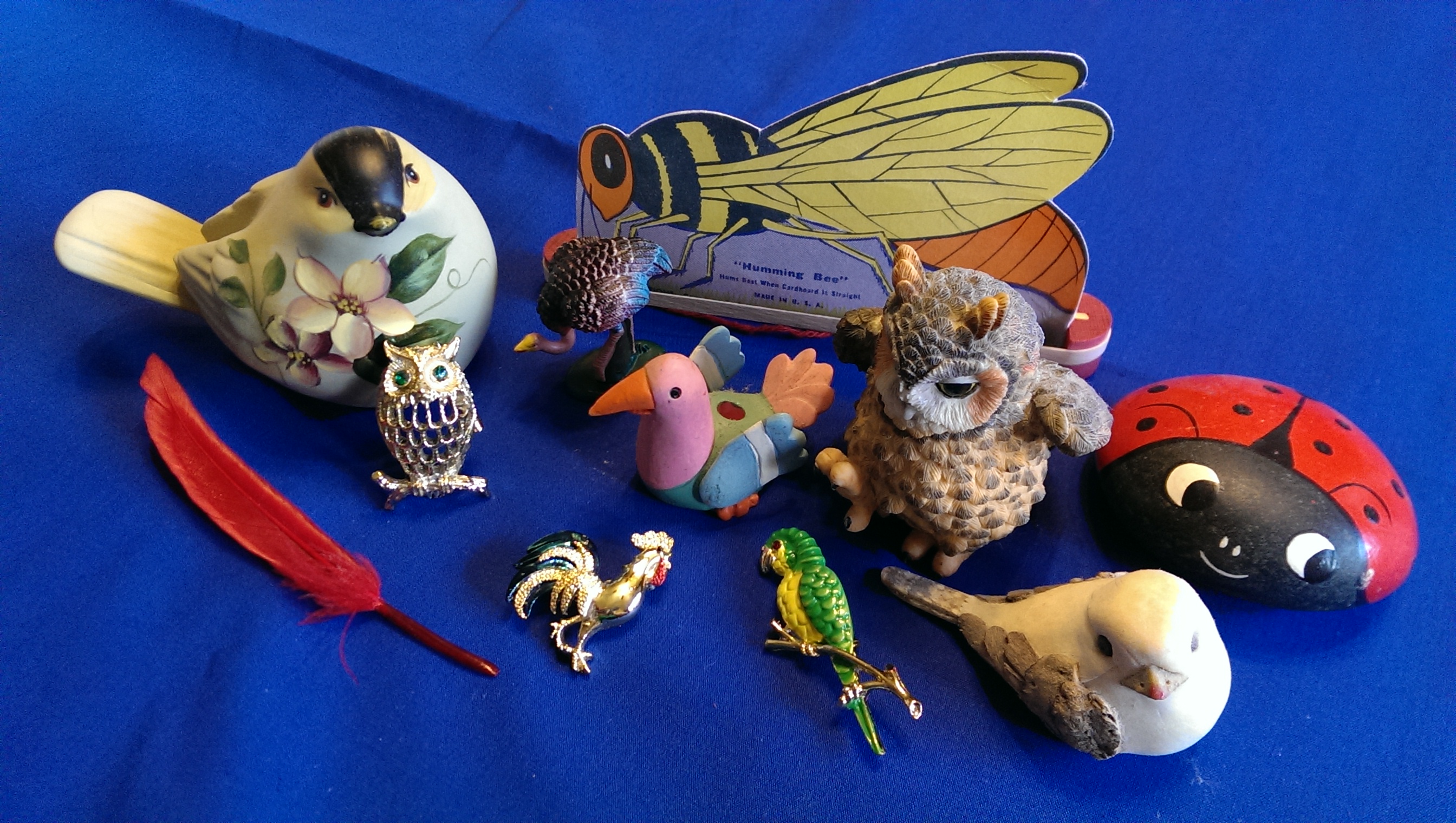
Most of the players sit with their right hand touching their left arm while one person sits in front of the others and either tells a story that includes a lot of animals or else just starts listing various animals. Every time that person mentions an animal that can fly, the others have to raise their right hands and flutter them like they're flying (although it's not in the rules, you could have the players flap both arms like they're flying, as long as you have the room for them to do it) (Beaver 40).
These rules sound pretty basic, but the faster you go, the trickier it gets. It is important to use fairly specific names for the animals instead of general ones. Instead of just saying "bird," the person should say what type of bird, like "owl" or "robin." The reason is that using specific names can sometimes throw people off. Most people will want to raise their hands when they hear the name of a bird, but not all types of birds can fly (penguins and ostriches can't). There are also some insects that can fly, but not all of them. There are other non-bird and non-insect animals that can also fly, such as bats. If someone raises their hand at the wrong time or fails to raise their hand at the right time, that person has to pay a forfeit (Beaver 40). (Alternately, this person can be out of the game).
This is My Eye
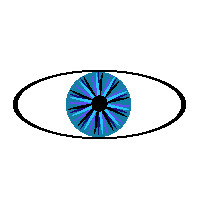
The object of this game is to try to get the other players to make mistakes by saying or doing the wrong thing at the wrong time. The players take turns touching different parts of their bodies, but as they do so, they are not allowed to call the body part by the right name.
For example, the first player could touch his eye and tell one of the other players, "This is my nose, Mike." The other player, Mike (players must address each other by name), takes his turn next. Mike has to touch the body part mentioned by the first player, which is his nose, but instead of saying "nose," Mike has to say something else. Mike could touch his nose and say, "This is my chin, Kate."
The faster the players go, the more likely they are to make mistakes by touching the wrong part of the body or calling it by its real name. For instance, on her turn, Kate could accidentally touch her nose instead of her chin because that's what she saw Mike do. She is supposed to touch the body part he mentions, not the one he touches himself. If she touches her chin but calls it her chin instead of something else like her ear or elbow, that's also considered a mistake. Players are allowed to make two mistakes before they are out of the game. The winner is the last person left when all the others are out of the game (Beaver 38-39).

